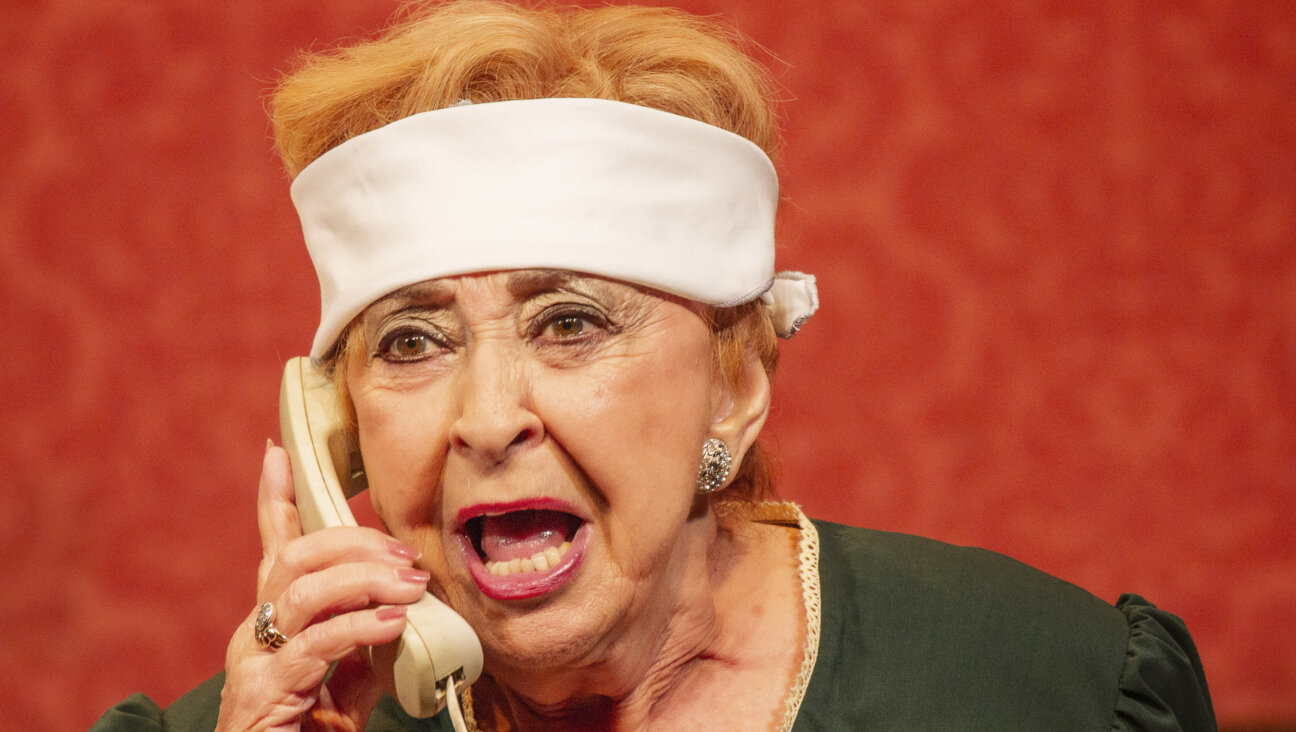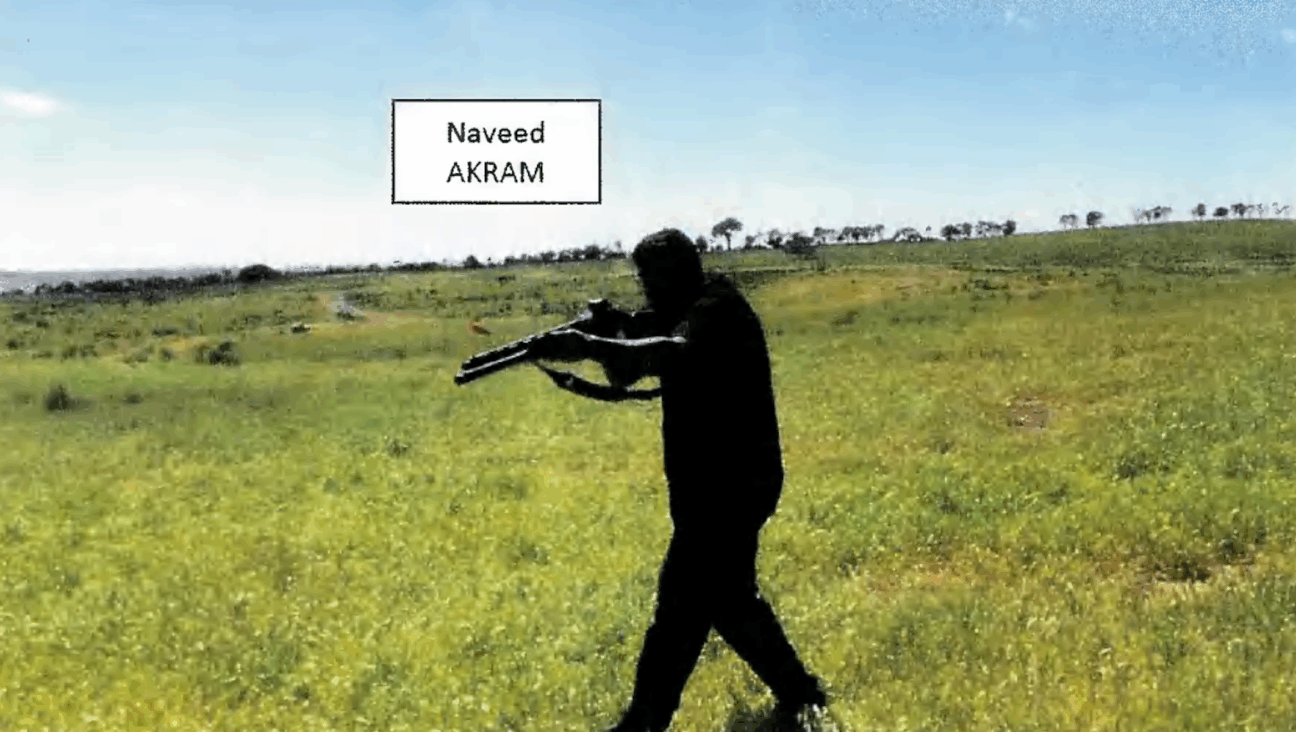‘Dialogue is needed:’ An L.A. city council member speaks out after the protests

Graphic by Angelie Zaslavsky
Apart from areas of downtown, no other part of Los Angeles has suffered so grievously in the aftermath of George Floyd’s death in Minneapolis as the Fifth City Council District.
“We have a lot of white people in my district and we have a lot of businesses, some of them high-value targets; there was good stuff to be had,” said Paul Koretz, the district’s council member, contemplating events of the last few days.
Koretz’s district includes the neighborhoods of Encino and Westwood and commercial stretches of Melrose, Fairfax and LaBrea avenues. Parts of these neighborhoods were ravaged by rioters and looters during the last few days of civil unrest. All of them have large Jewish populations.
Los Angeles Police Chief Michel Moore told reporters on Monday that 88 buildings on Melrose Avenue alone were lost to vandalism and arson.
“They’ve been organized and disorganized,” Mr. Koretz said of the groups causing the destruction. While he conceded he did not know what political views they held, if any, he was reasonably sure his district suffered in some measure because of its largely white and significantly Jewish population.

Los Angeles Fifth District Council Member Paul Koretz
Among an estimated 100 synagogues and Jewish institutions in the district, including the National Council of Jewish Women, Jewish Family Services of Los Angeles, the Museum of Tolerance and the Orthodox Union West Coast, only a few were tagged with anti-Semitic remarks.
“I don’t think the Jewish community as an institution was targeted,” said Koretz, the son of a Holocaust survivor. “There was graffiti on the Raoul Wallenberg statue” — on Beverly Boulevard at Fairfax — “but I don’t think they had any idea who he was.”
More distressing was the breadth of destruction around the district, particularly along main commercial streets that are lined with mom-and-pop stores, neighborhood restaurants, and specialty shops.
On Sunday, Mr. Koretz said he walked along Fairfax and Beverly, not far from his home and not far from where a peaceful protest began on Saturday. As in other cities, messages conveyed by early-in-the day protests calling attention to the Floyd killing and other police-involved deaths were drowned out later by those with destructive intent.
“It was pretty devastated,” Mr. Koretz said of the street scenes he took in. “I don’t think I saw a building without graffiti if it hadn’t been vandalized or looted. And it’s somewhat ironic: A lot of the folks at the peaceful protests were people from the neighborhood. My next-door neighbor was there. He’s white, and he’s Jewish. Most of them didn’t intend for things to get out of hand.”

Looters ransacked Syd’s Pharmacy in the Beverly-Fairfax neighborhood.
Los Angeles has not encountered this level of civil unrest since the 1992 Rodney King riots. Triggered by the deaths of black citizens at the hands of police in recent years, protest groups have taken to the streets in largely peaceful protests that in some places descended into vandalism, with widespread destruction of businesses and the desecration of buildings.
By Monday, Mr. Koretz had joined a chorus of other city leaders suggesting that law enforcement agencies had to take additional steps to curtail looting and vandalism. Many also said police and community groups shared the responsibility of ending the violence as a prelude to new ways to address the reforms protestors are demanding.
The two are intrinsically related.
At a Monday afternoon news conference with other law enforcement leaders, Chief Gene Harris of the San Gabriel Police Department said a protestor told him, “You’re not listening to us.”
“I told him, ‘I can’t hear you over the noise of lawlessness. You make the noise go away, and we can have that conversation.”
Mr. Koretz made the additional point that the L.A. Police Department of 2020 is far different from the one led by Daryl Gates during the Rodney King episode, in which four officers were charged with assault and excessive force and a jury failed to convict any of them.
In 1990, the force was 61.4% white and 13.8%t black. Today, it’s 30% white, and while the number of black officers has dropped to 9.6%, the number of Hispanics rose to 49.3 percent from 21.5% in 1990. Hispanics now make up about half of L.A.’s current population, up from about one third in 1990.
In recent years, methods of policing have changed in L.A., with strategies aimed at reducing conflict and aggressive actions. Over the last few days, television cameras appeared to show police that were more focused on crowd control, traffic and coexistence with peaceful protesters than with intercepting looters as they smashed windows, carried out expensive goods and jumped into waiting cars.
Several thousand looters and protesters have been arrested, but many more appeared to escape police attention.
City leaders agreed that the concerns raised by Black Lives Matter and other peaceful protestors are credible, urgent and worthy of discussion — but not until calm is restored.
“It’s literally impossible to have a peaceful protest,” Mr. Koretz said, calling such efforts “a stalking horse” for those who are intent on breaking laws, thus drawing attention away from the protesters’ core messages. “The issues are very valid. Dialogue is needed; we need to talk about policing throughout the country. Too many African Americans have died, and that has to be addressed.”
Michael Janofsky is a freelance editor and writer in Los Angeles.
















